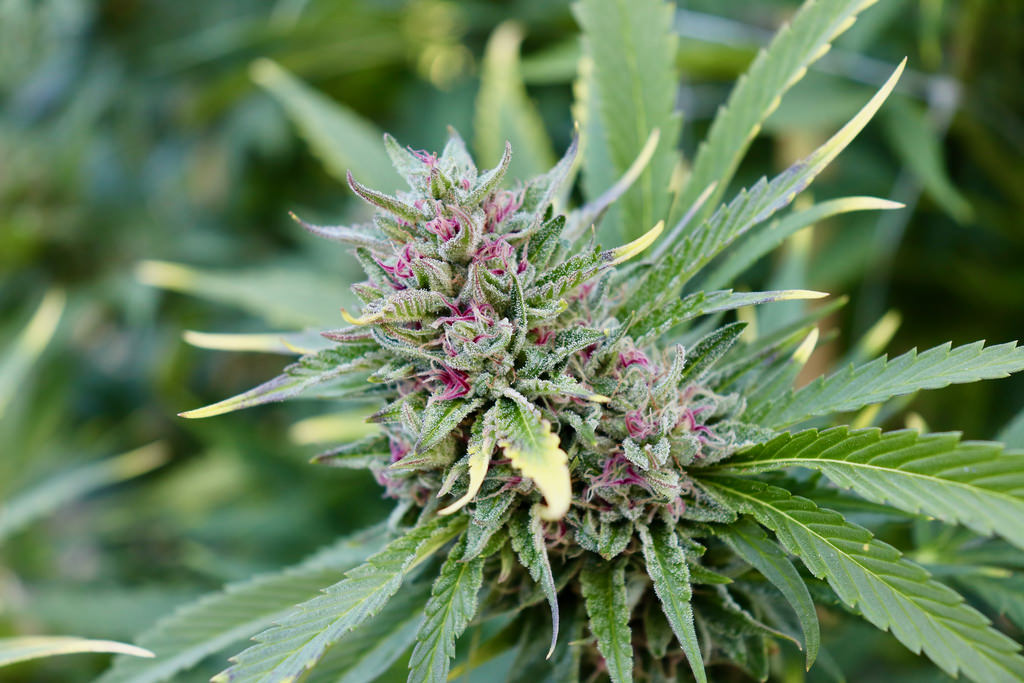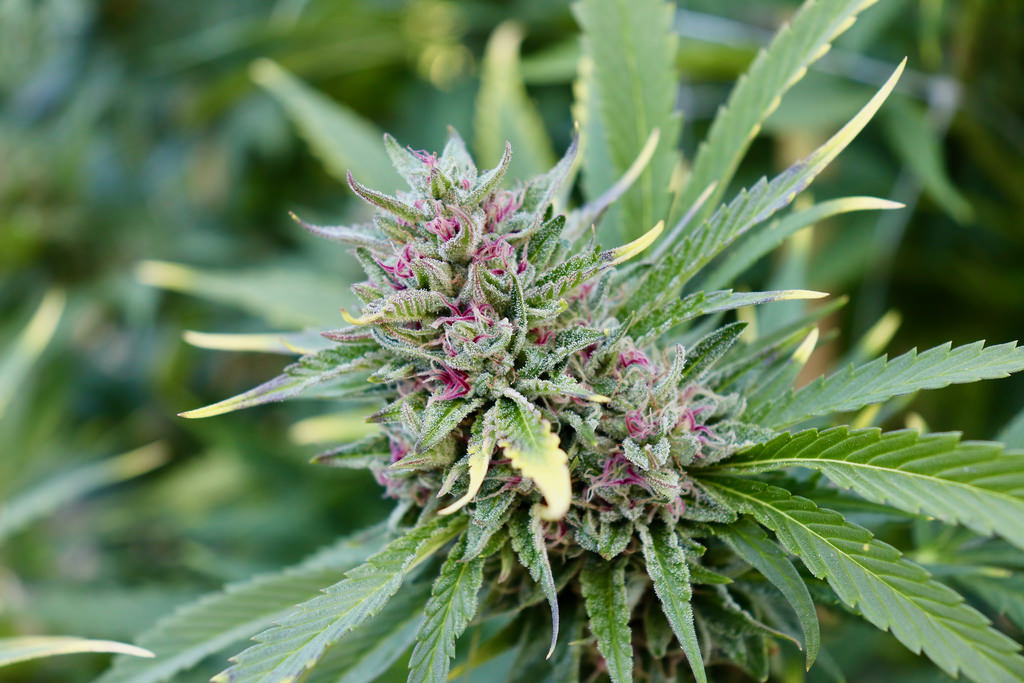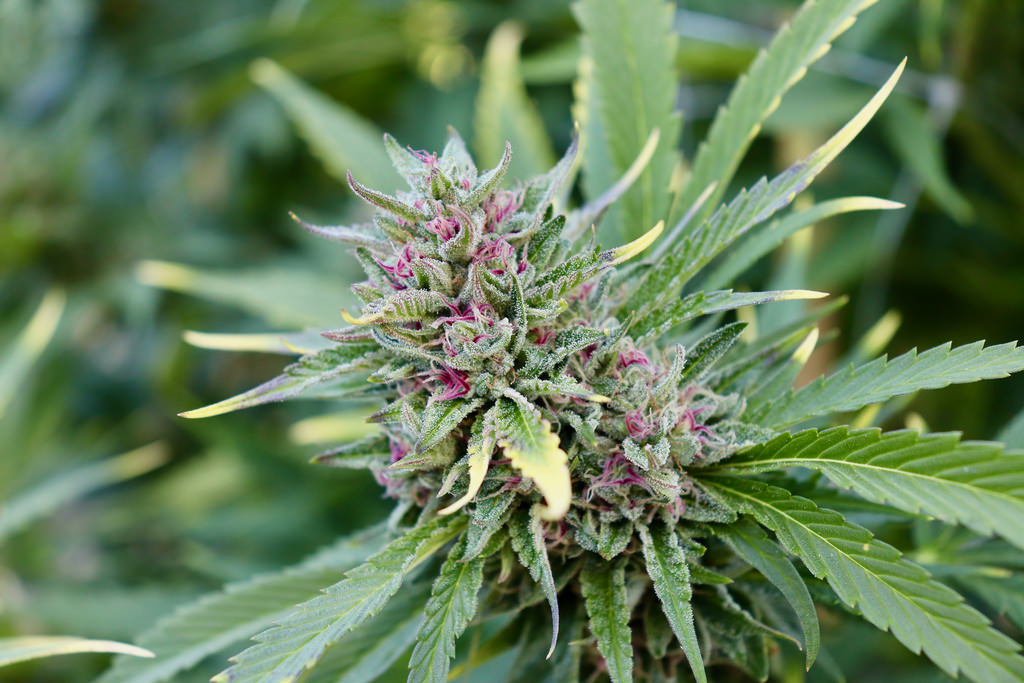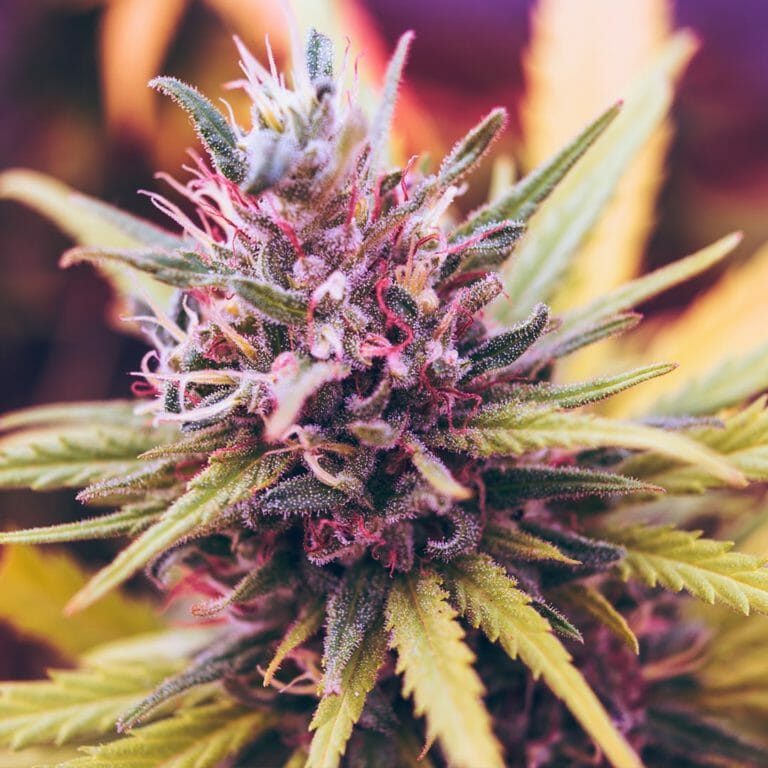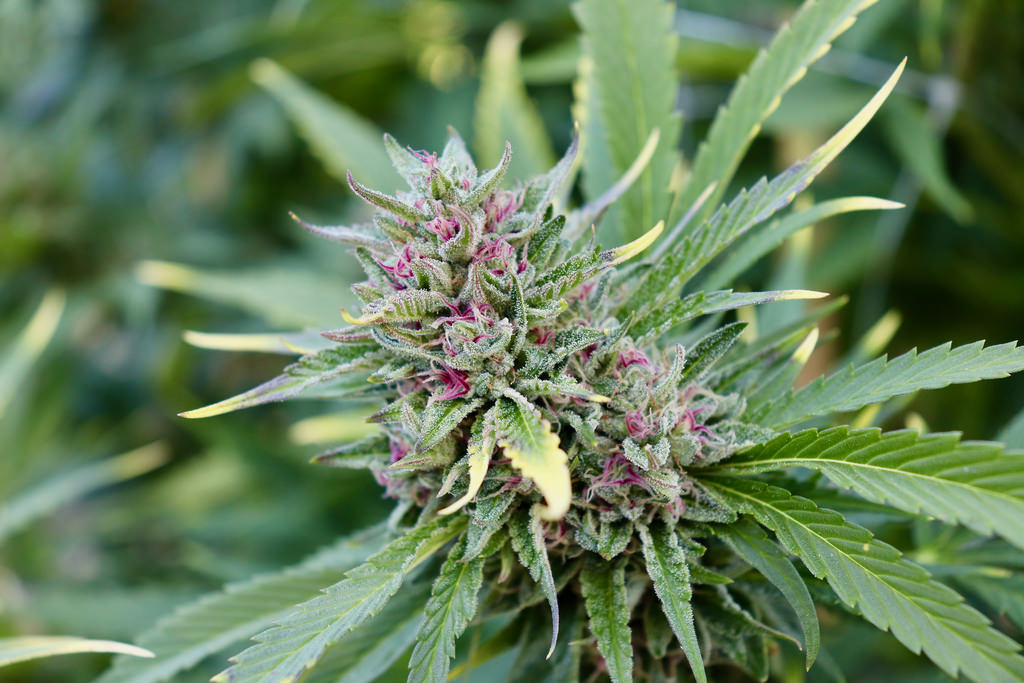The Future of Vaping in the UK
What to Expect in 2025 and Beyond
The future of vaping in the UK is entering a pivotal phase. With 2025 bringing new laws, evolving public opinion, and environmental pressures, the vaping industry is poised for a transformation. From the ban on disposable vapes to the introduction of advanced vape technologies, the next few years will reshape how people vape, where they buy products, and what kind of devices they use.
If you’re a vape business owner, retailer, or consumer, this step-by-step breakdown will guide you through what’s coming and how to prepare.
Step 1: Understand the 2025 Vape Regulations
The Future of Vaping in the UK
The first major change in the future of vaping in the UK is the government’s crackdown on disposable vapes. From June 1, 2025, selling single-use vape devices will be banned. These products, often associated with youth vaping, also contribute significantly to environmental waste due to non-recyclable batteries and plastic casings.
Additionally, the Tobacco and Vapes Bill introduces mandatory age-verification technology in both online and physical vape shops to stop underage sales. This will require businesses to install digital ID verification systems before selling any vape product.
Key Takeaway: Make sure your vape business is compliant with new laws and shift your inventory toward reusable, long-term products.
Step 2: Shift to Eco-Friendly Vaping Solution
The Future of Vaping in the UK
Sustainability is now a core pillar in the future of vaping in the UK. Consumers and lawmakers alike are demanding more environmentally friendly solutions. This includes:
Refillable vape kits
Recyclable pods
Minimal packaging
E-liquids made from organic ingredients
Businesses that embrace green practices will not only stay compliant but also attract eco-conscious consumers.
Step 3: Stay Ahead with Product Innovation
The UK vape market is moving toward smarter and more efficient devices. As disposable vapes are phased out, brands are investing in tech-driven innovations such as:
Pod-based systems with adjustable wattage
Longer-lasting batteries
Child-safe locks and leak-proof designs
Smart vaping apps to monitor usage
These changes reflect growing consumer demand for quality, safety, and control—key factors in the future of vaping in the UK.
Step 4: Watch Consumer Trends and Preferences
Vapers in the UK are evolving. Flavored e-liquids are still in demand, but so are:
Nicotine-free products
CBD-infused e-liquids
Nicotine salt formulas
Minimalist, travel-friendly devices
You’ll also notice a shift in retail patterns—more people are ordering online, joining subscription services, and opting for vape bundles. Adjusting your marketing strategy to these behaviors is crucial.
Step 5: Prepare for Long-Term Market Changes
The UK government has signaled that its end goal is to create a smoke-free generation. This means that future policies may include:
Flavor bans
Advertising restrictions
Licensing requirements
Public use limitations
Staying informed and adapting early is essential. Partner with advocacy groups and remain compliant with the MHRA and UKVIA standards.
Conclusion: The Future of Vaping in the UK Requires Proactive Change
The future of vaping in the UK is about more than just rules—it’s about opportunity. As outdated products are phased out, space opens up for safer, smarter, and more sustainable vaping solutions. Whether you’re a consumer or a business owner, embracing change now ensures you’re ready for what lies ahead.
The Future of Vaping in the UK Is Changing Fast

